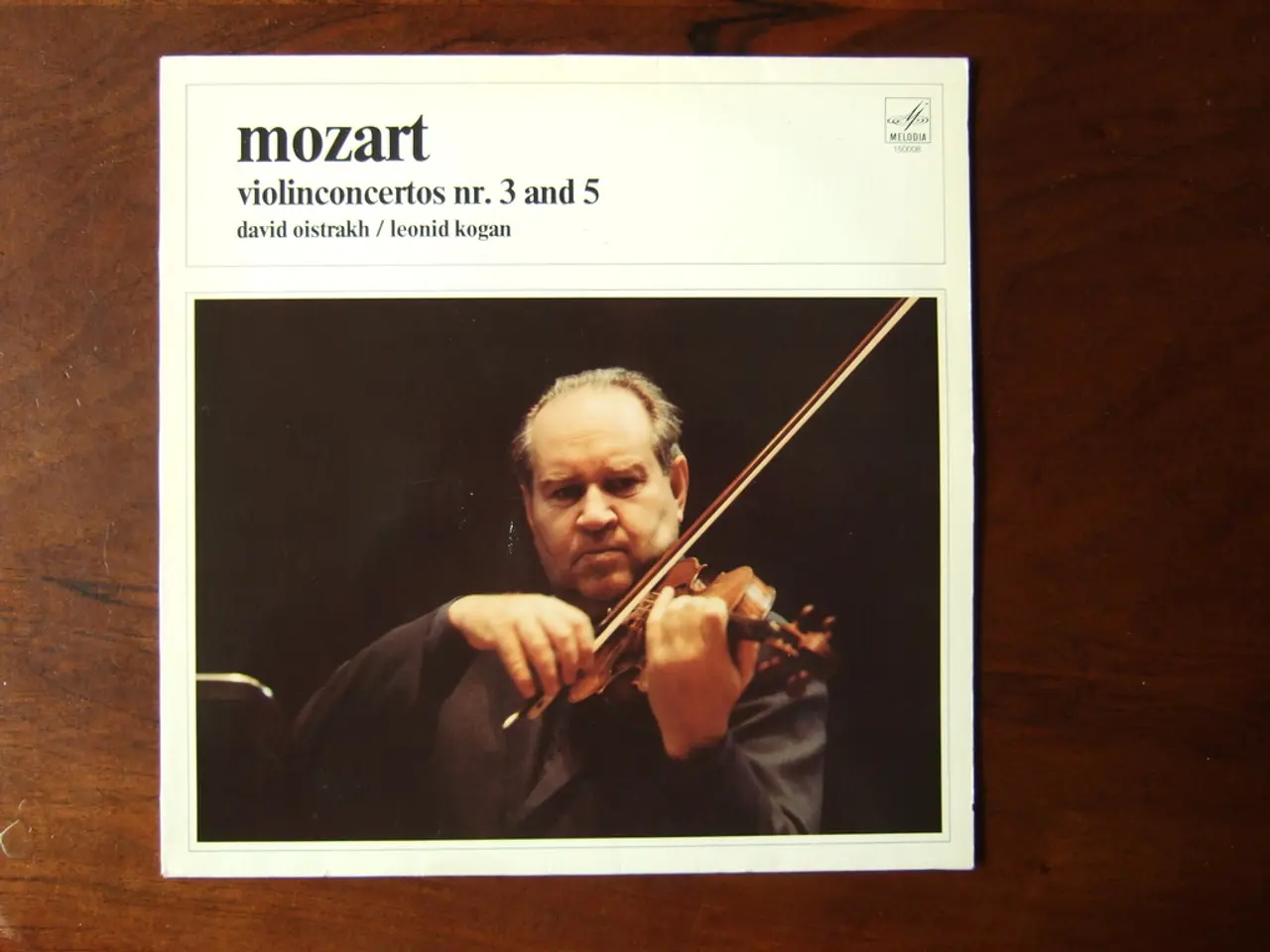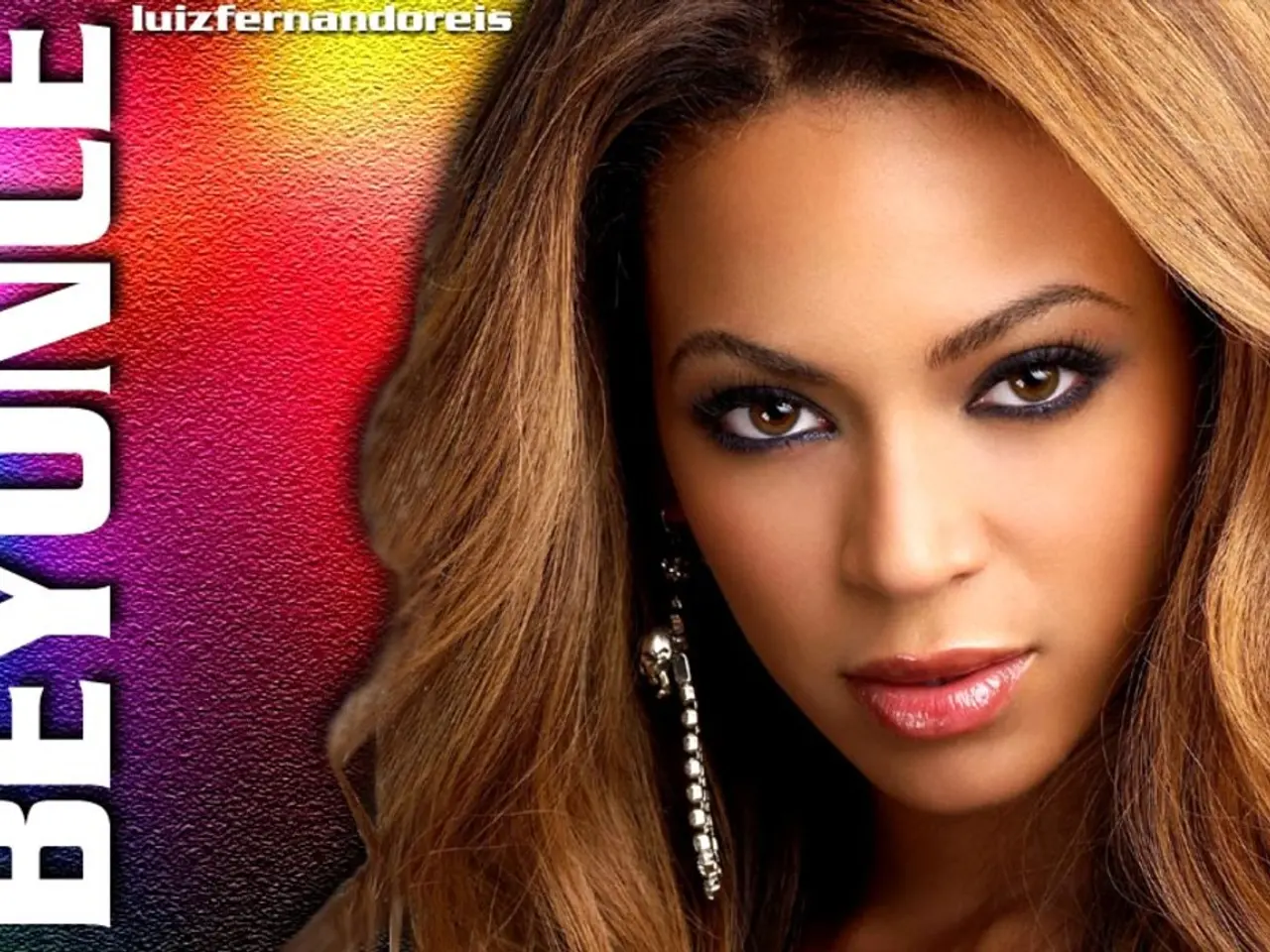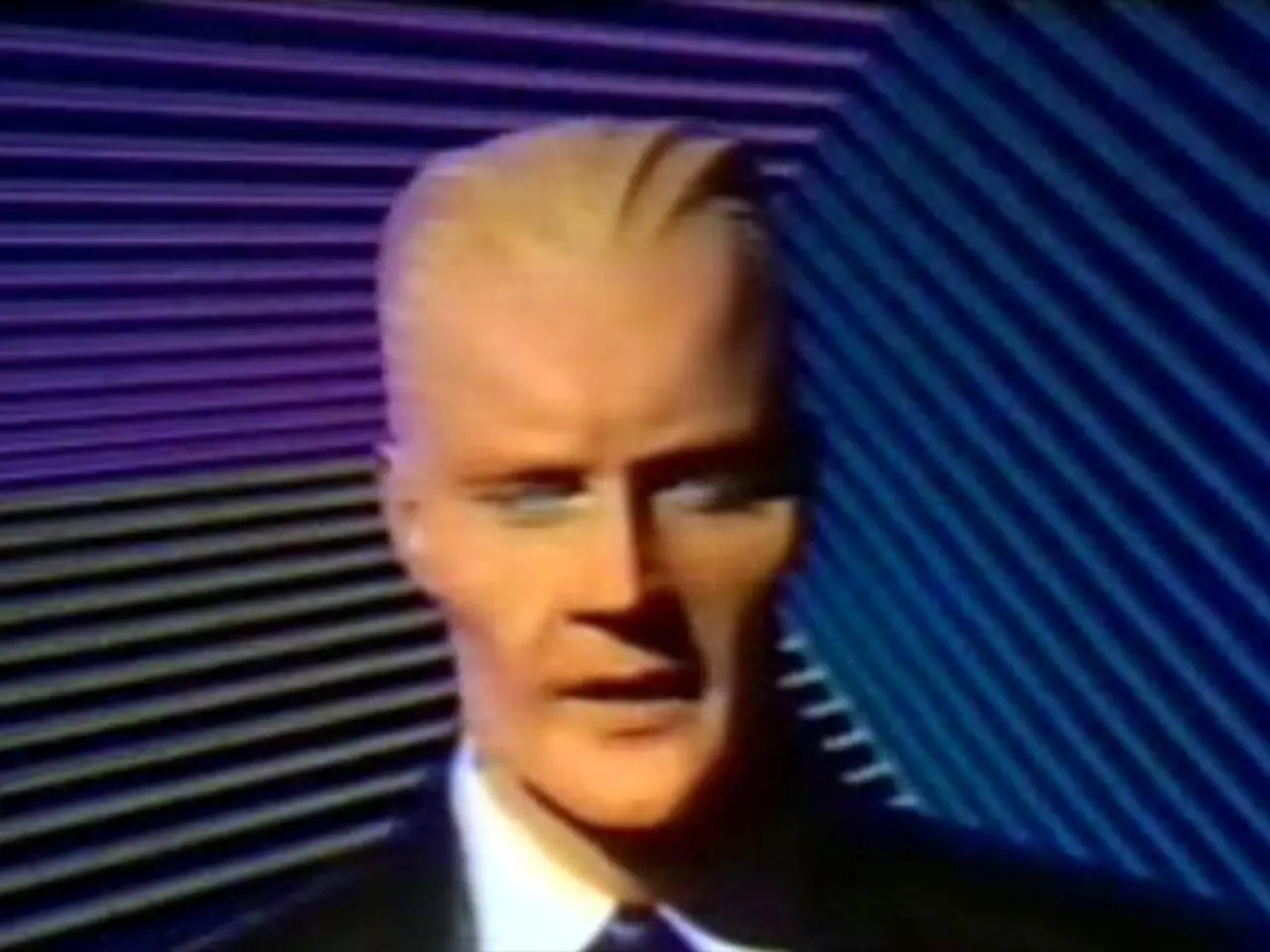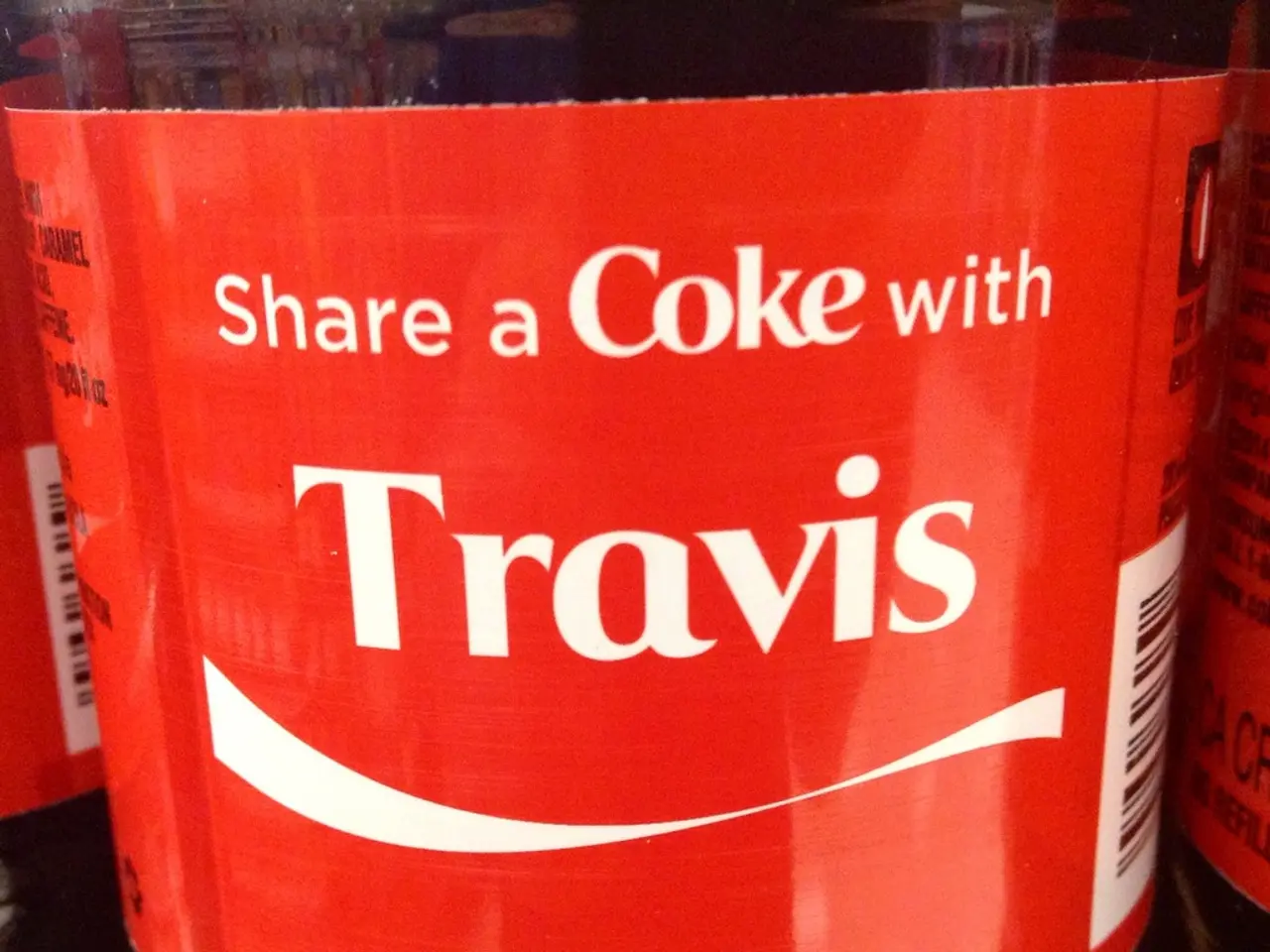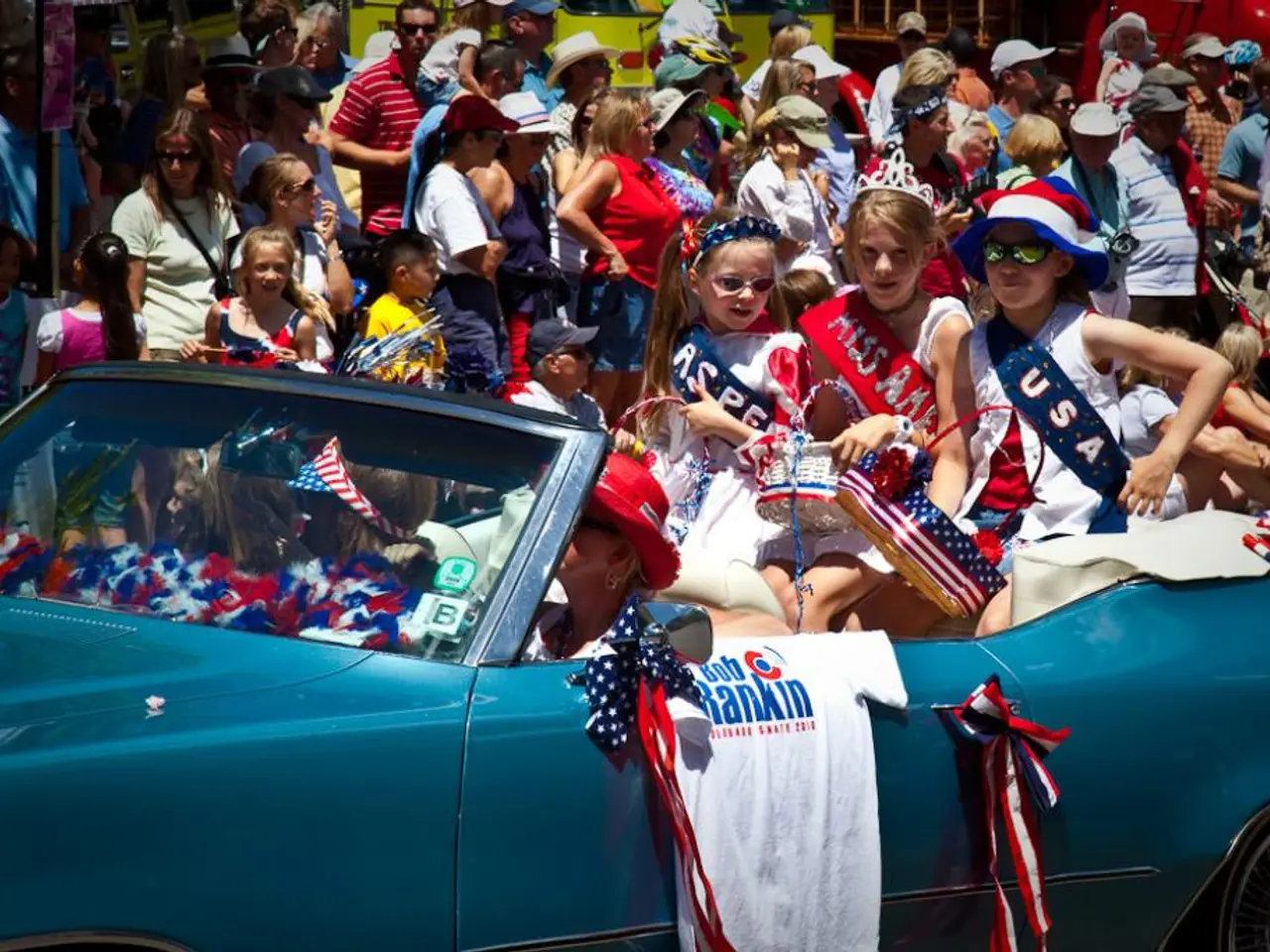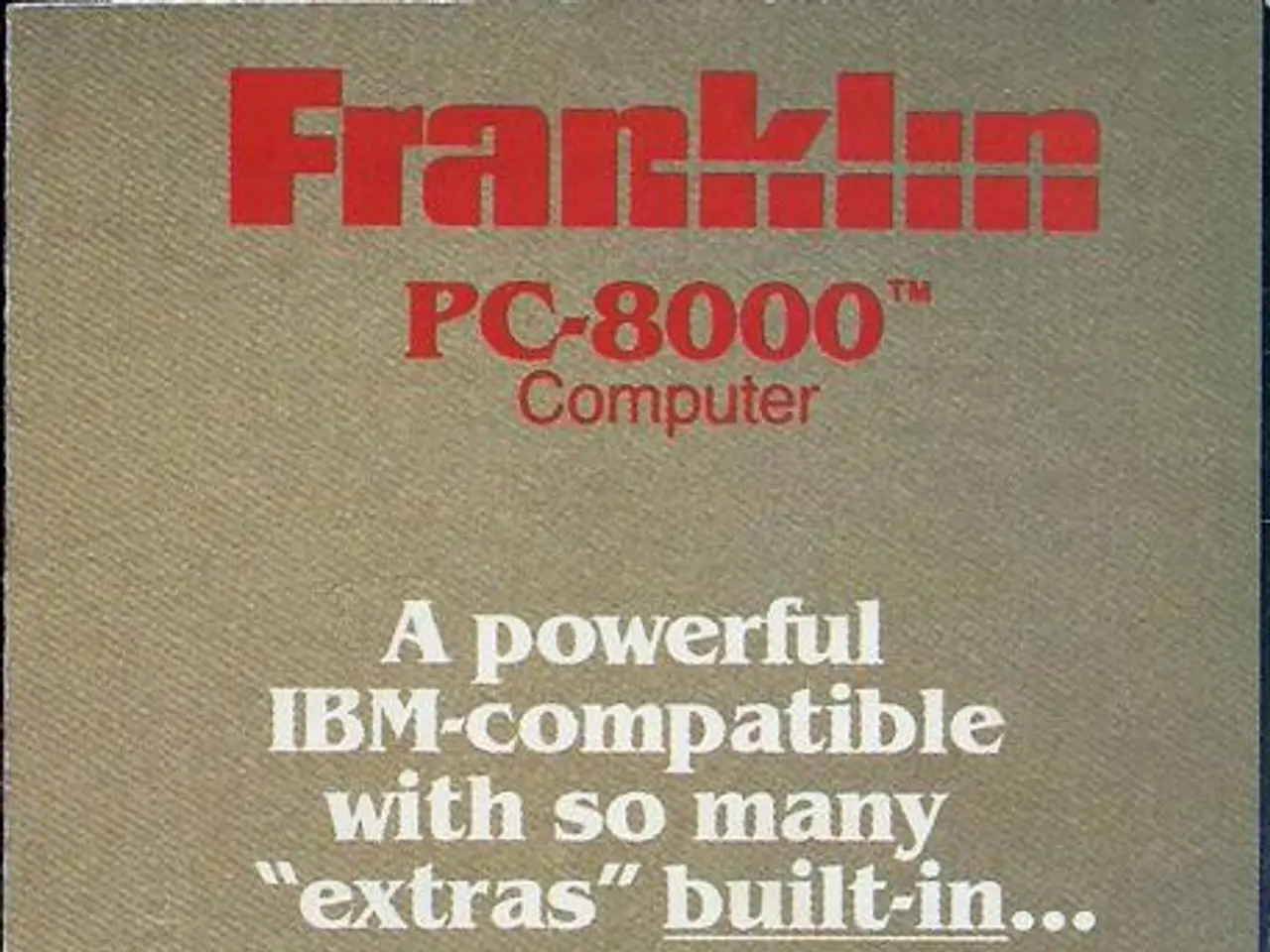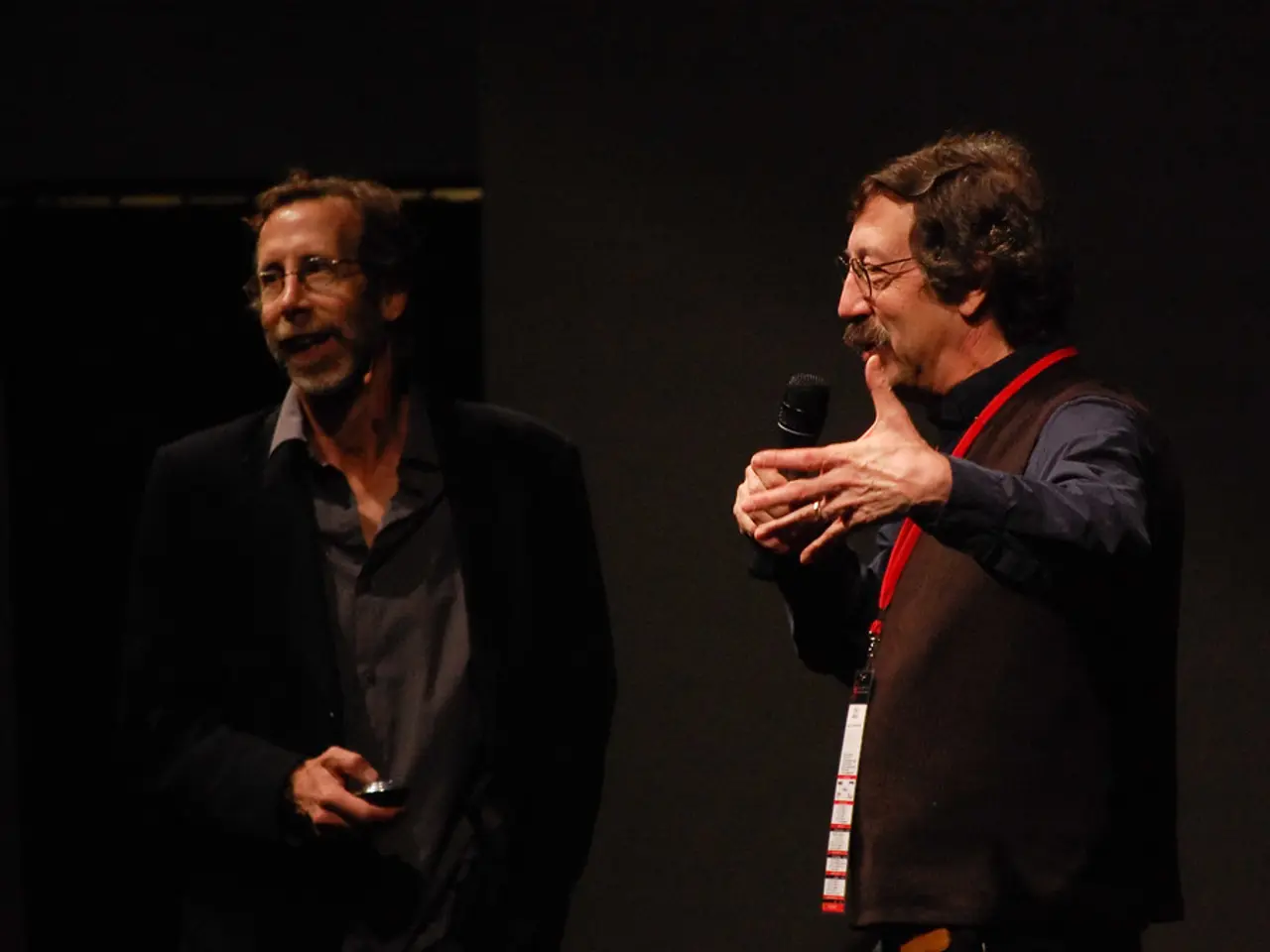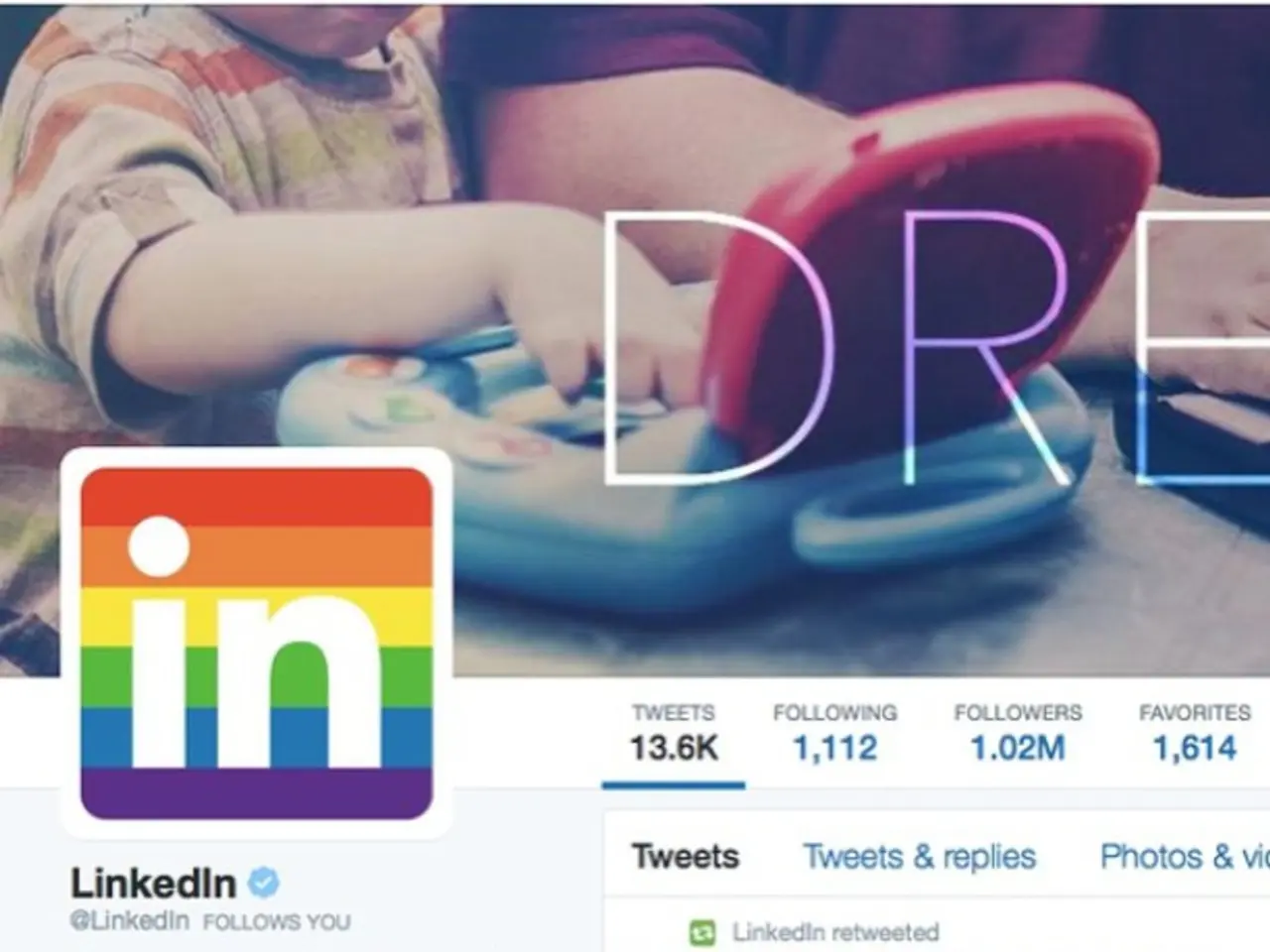Top Movie Soundtrack Highlights, Sorted in Order of Excellence
In the world of cinema, music plays a pivotal role in creating unforgettable audio-visual experiences. From Quentin Tarantino's and Edgar Wright's celebrated use of needle drops to several other iconic moments, music has the power to anchor stories emotionally and energetically. Here are some memorable instances where music has made a significant impact.
First, we have James Gunn's Guardians of the Galaxy (2014). The film is renowned for its classic rock and pop needle drops, with songs like "Come and Get Your Love" by Redbone and "Hooked on a Feeling" by Blue Swede serving as key audio-visual moments. These tracks not only enhance character development but also add energy to action sequences, making them an integral part of the film's success (Collider, CBR).
Dinner for Schmucks (2010) by Jay Roach also features a memorable needle drop. The Beatles’ “The Fool on the Hill” was strategically placed to underscore Steve Carell’s character, reflecting his outcast status. The director spent over $1 million to secure the rights, demonstrating the power of a well-placed song to elevate a scene or character (American Songwriter).
Moving on to television, Outrageous Fortune (TV series) uses music needle drops to underscore dramatic visual moments of violence and emotional tension. Songs like “Save Yourself” by Greg Johnson and “Gutter Black” by Hello Sailor create moments that resonate deeply with audiences (The Spinoff).
In Captain America: The First Avenger (2011), although more known for its orchestral score, the period-appropriate music choices and cues helped root the film in its 1940s setting, adding an aural authenticity and emotional depth to its visual storytelling.
Edgar Wright, the director of Shaun of the Dead, has shown a similar aptitude with music in his movies. In the climax of his 2004 film, "Don't Stop Me Now" by Queen is used, creating a contrast with the zombie hordes as a jukebox comes to life. The line, "David, kill the Queen!" is spoken in the scene, adding a humorous twist to the action (source 1, source 2).
Other directors known for their effective use of music include Martin Scorsese, who is particularly associated with The Rolling Stones, and David Fincher, whose The Killer can be considered a jukebox musical scored by The Smiths.
Memorable musical moments can be revisited on platforms like Spotify. For instance, The Mamas & the Papas' "California Dreamin'" is used in the film Chungking Express, although its impact may not be as immediately noticeable as "Don't Stop Me Now" in Shaun of the Dead.
In conclusion, a great needle drop creates a memorable, lasting impact, often staying with viewers for years. Whether it's a classic rock anthem or a timeless pop melody, music has the power to elevate a scene, character, or even an entire film.
Cultural nuances in movies-and-tv often involve strategic use of music to accentuate mood, character development, and plot progression. For example, the Beatles’ “The Fool on the Hill” in Dinner for Schmucks (2010) mirrors Steve Carell's character's outcast status, reflecting a profound aspect of the style of cinema.
In entertainment such as the Guardians of the Galaxy (2014) and Shaun of the Dead, directors utilize music needle drops to create unforgettable moments that resonate with audiences, demonstrating the enduring power of music in shaping memorable experiences.
